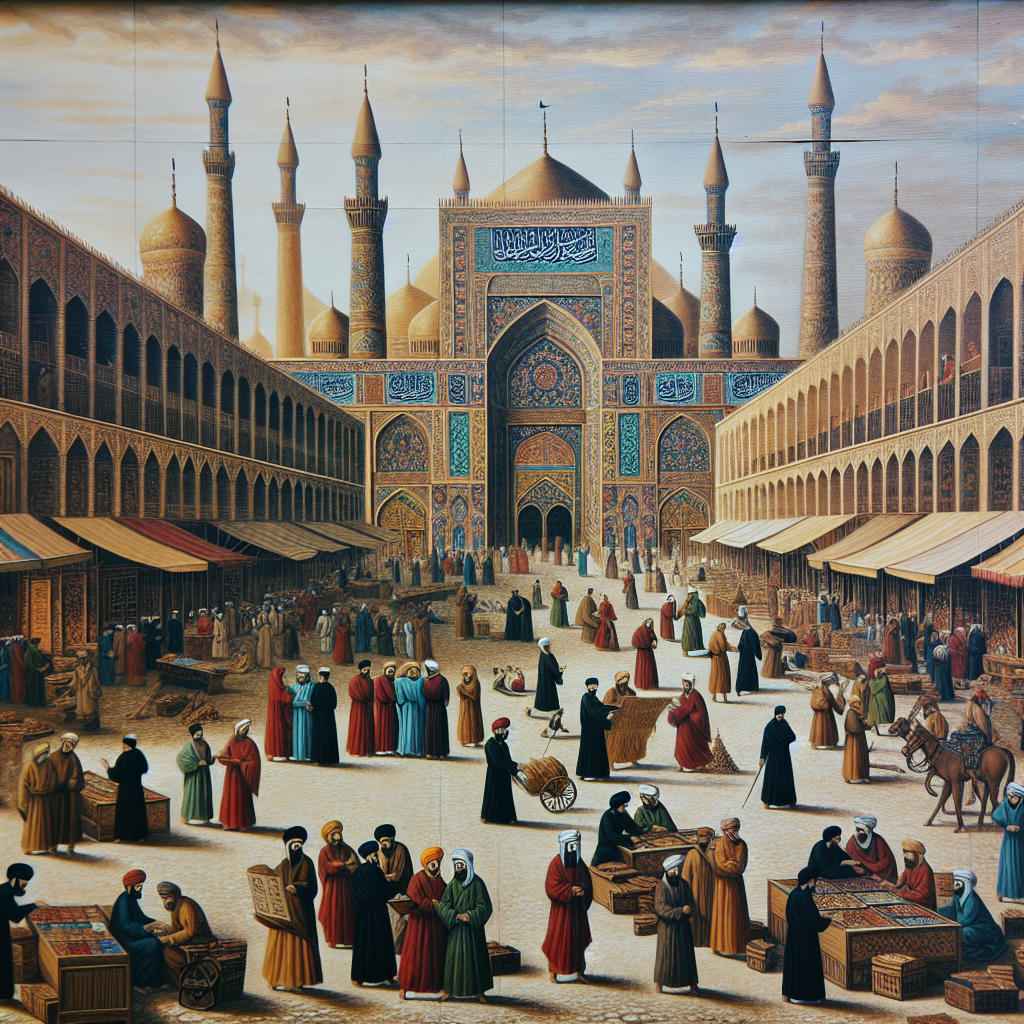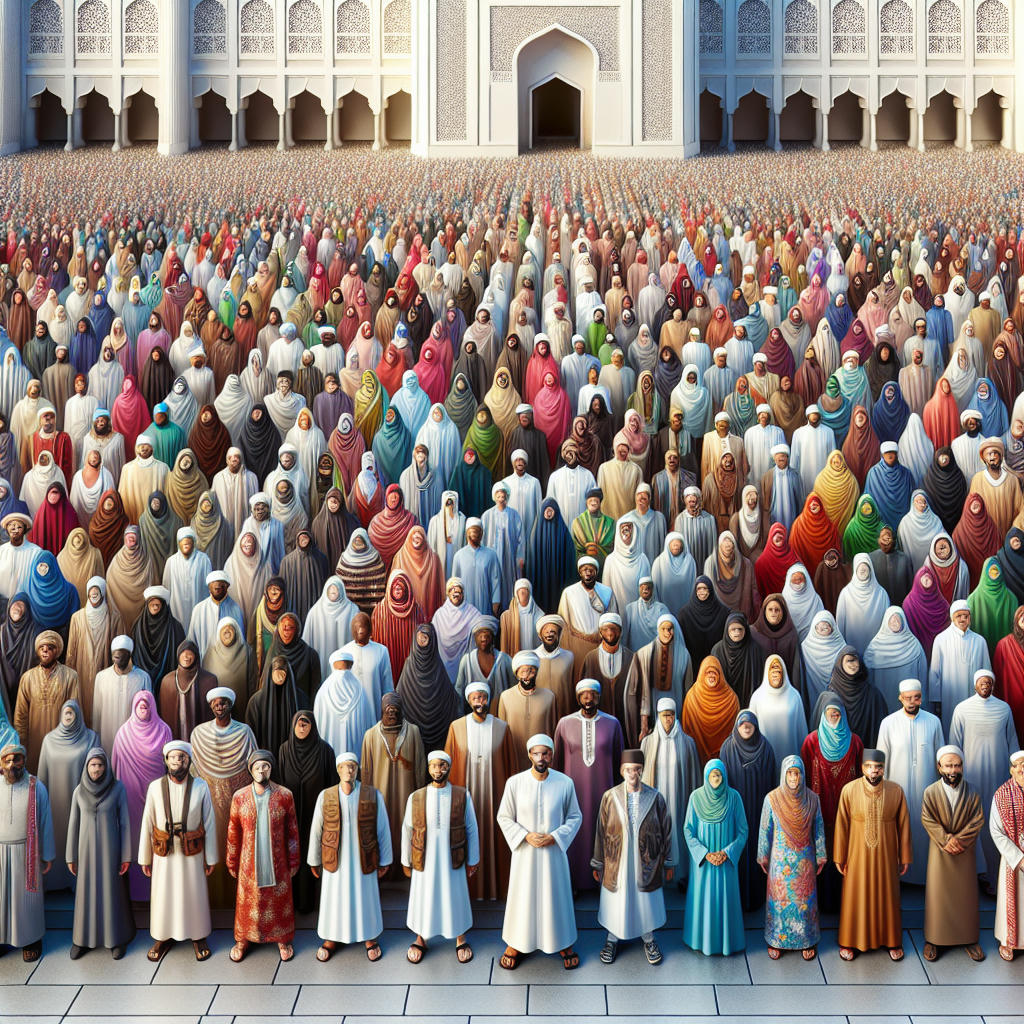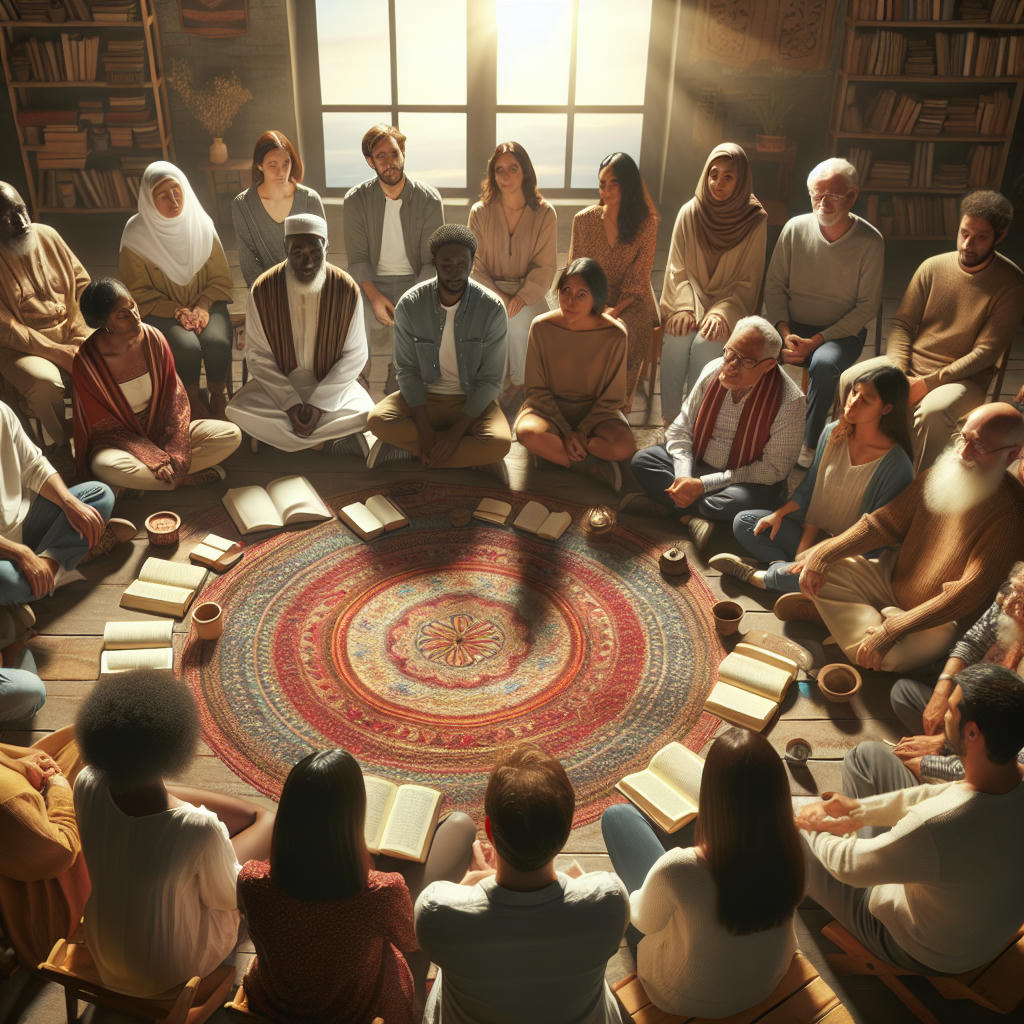In a world where information is at our fingertips, it is crucial to approach complex subjects with nuance and a commitment to understanding. Islam, a religion followed by over a billion people worldwide, is often subject to stereotypes and misconceptions. This article aims to explore the complexities of Islam, challenging the notion that it is inherently "backwards" or "violent." Instead, we will delve into the historical, cultural, and socio-political factors that shape the diverse experiences of Muslims around the globe.
The Historical Context of Islam
Islam emerged in the 7th century in the Arabian Peninsula, a region characterized by tribal conflicts and a polytheistic belief system. The Prophet Muhammad, regarded as the final prophet in Islam, introduced a monotheistic faith that emphasized social justice, compassion, and community. The early Islamic community, or Ummah, sought to establish a society based on these principles.
The rapid expansion of the Islamic empire brought about significant advancements in science, medicine, mathematics, and philosophy. The Golden Age of Islam, spanning from the 8th to the 14th centuries, saw Muslim scholars making groundbreaking contributions that would later influence the Renaissance in Europe. This period challenges the notion of Islam as "backwards," highlighting its role in the advancement of human knowledge.
The Diversity of Islamic Practice
Islam is not a monolithic entity; it encompasses a wide range of beliefs, practices, and cultural expressions. The two main branches, Sunni and Shia, have their own theological and jurisprudential traditions. Additionally, Sufism, a mystical branch of Islam, emphasizes the inner, spiritual journey of the believer.
The cultural diversity within the Muslim world is vast. From the bustling cities of Indonesia, the country with the largest Muslim population, to the deserts of Saudi Arabia, the experiences and practices of Muslims vary widely. This diversity is often overlooked in discussions that paint Islam with a broad brush.
The Role of Politics and Power
The perception of Islam as violent is often linked to political conflicts in Muslim-majority regions. However, it is essential to distinguish between the actions of political entities and the teachings of a religion. Many conflicts in the Middle East, for example, are rooted in historical grievances, colonial legacies, and geopolitical interests rather than religious doctrine.
Extremist groups that claim to represent Islam, such as ISIS and Al-Qaeda, have distorted religious texts to justify their actions. These groups are widely condemned by the majority of Muslims, who view their interpretations as a perversion of Islamic teachings. It is crucial to recognize that the actions of a few do not represent the beliefs of the many.
The Impact of Media Representation
Media representation plays a significant role in shaping public perceptions of Islam. Sensationalist coverage of terrorist attacks and conflicts often overshadows the everyday lives of Muslims who contribute positively to their communities. This skewed representation can lead to Islamophobia and reinforce negative stereotypes.
Efforts to promote a more balanced and nuanced portrayal of Muslims are essential. Highlighting stories of Muslim doctors, teachers, artists, and activists can help counteract the negative narratives that dominate mainstream media.
The Path Forward: Education and Dialogue
Addressing misconceptions about Islam requires a commitment to education and open dialogue. Encouraging critical thinking and fostering an environment where diverse perspectives are valued can help break down barriers of misunderstanding.
Interfaith initiatives and cultural exchange programs can also play a vital role in promoting mutual respect and understanding. By engaging with the rich tapestry of Islamic history and culture, we can move beyond stereotypes and appreciate the contributions of Muslims to global civilization.
Conclusion
Islam, like any major world religion, is complex and multifaceted. Reducing it to simplistic labels of "backwards" or "violent" does a disservice to the rich history, cultural diversity, and contributions of Muslims worldwide. By approaching the subject with an open mind and a commitment to understanding, we can foster a more inclusive and informed global community.


